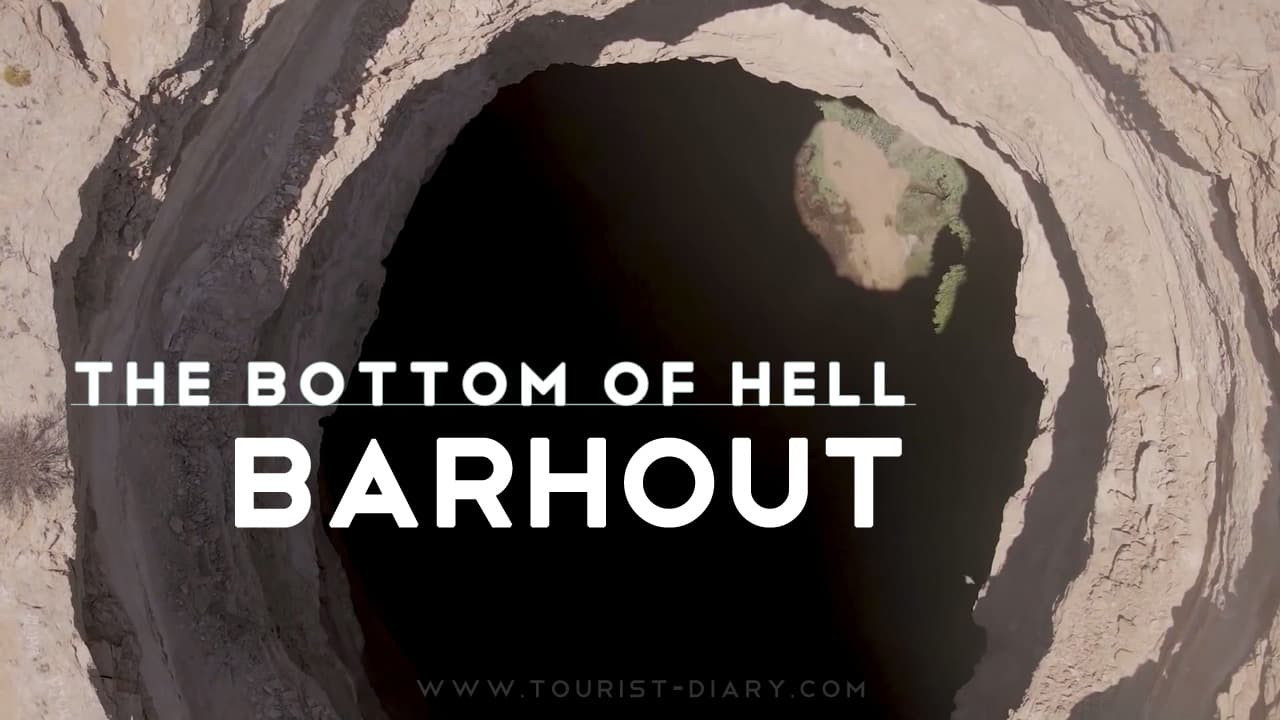Mysterious places on Earth we don't know about yet!
Since time immemorial, exploration, voyages, and travel to new lands have been a priority for the human race, for this reason, the vast majority of our planet has been inhabited. But despite this, there are still mysterious places that explorers have not yet set foot in, and we have not heard about them or have an exact picture of them.
Most of these places are simply too dangerous for humans to explore. Some include deep-sea trenches that are too pressured to survive, places where volcanoes constantly erupt, and some locations where the weather is too extreme to bear.
Below, you will find 10 mysterious places on our planet that humans have not yet reached, either because they are too dangerous or simply unreachable!
10 Mysterious places we don't know anything about yet!
1. North Sentinel Island, Bay of Bengal
This small island is located in the Bay of Bengal between the southern coasts of India and Thailand, which makes it quite remote.
Its inhabitants are called the Sentinelese, who are the only humans to have lived on the island since its existence and have since refused to accept any modern visitors. Anyone who attempted to explore the island or study the area was promptly, often violently, rejected.
In 2006, two fishermen found themselves drifting towards the island after their anchors were released, and upon reaching the island, both of them were killed as soon as the islanders saw them near the shore.
For this reason, the island is completely removed from any contact with the rest of the modern world, and is essentially unexplored.
For more information, you can check this article: Everything We Know About The Isolated Sentinelese People Of North Sentinel Island.
2. The Star Mountain Range in Papua New Guinea
The Star Mountains form a mountain range that crosses the border with Papua New Guinea, where it is continued with the name Victor Emanuel Range. It contains some of the highest mountains of New Guinea like Mount Juliana (Peak Mandala, 4700 meters) and Mount Antares (4170 meters), and The equatorial mountain range of Maoke.
This huge mountain range in Papua New Guinea stretches across much of the tiny Indonesian country and has not yet seen any kind of human exploration.
It is currently believed to be one of the wettest places in the entire world, with an annual rainfall of more than 10,000 mm annually, so much so that not a single place in this mountain range can house a weather station.
Jan Snape, a Dutch colonial civil servant, attempted to scout and map the area in 1959. Even with two helicopters, the expedition still relied on manpower alone after one crashed.
3. The Namib Desert, Namibia
Located along the Atlantic coasts of Angola, Namibia, and South Africa, this desert stretches for more than 1,200 miles and is one of the driest and hottest places in the world.
In some parts, this desert only sees 2 mm of water all year long, which means that it is impossible for anything to survive, and the few organisms that live in the desert struggle to survive on as little water as possible.
Close to the coasts, this desert is mostly made up of giant sandy seas that stretch for hundreds of miles. Any organism left or lost in the areas will never be able to survive without rescue.
In the less arid regions, there are indigenous people who have managed to survive, but for the most part, Namib is home only to invertebrates such as scorpions and other small animals that can live almost without water.
The Namib desert is an important location for the mining of tungsten, salt, and diamonds. Several rivers and streams run through the Namib, although all of the rivers south of the Cunene River and north of the Orange River are ephemeral and rarely or never reach the ocean.
4. Vale Do Javari, Brazil
In recent decades, the world has seen fewer people still manage to survive away from modern technology and civilization, but out of the few remaining indigenous people, Vale do Javari is home to 14 different tribes of them.
With over 3,000 indigenous people belonging to 14 different tribes, the Brazilian government has banned people from entering the area in order to preserve the indigenous people and their traditions.
At 32,990 square miles, this area is larger than all of Austria, making it the perfect place to stay isolated from modern society and relatively unexplored by the rest of the world.
5. Tsingy De Bemaraha National Park, Madagascar
Tsingy de Bemaraha Strict Nature Reserve comprises karstic landscapes and limestone uplands cut into impressive 'tsingy' peaks and a 'forest' of limestone needles, the spectacular canyon of the Manambolo river, rolling hills and high peaks. The undisturbed forests, lakes, and mangrove swamps are the habitat for rare and endangered lemurs and birds.
These rock formations are plateaus, which have had deep ruts cut into them by the groundwater to the point of making them completely unable to be traveled or walked upon. The word “tsingy,” when translated, even means “where one cannot walk barefoot,” making it the perfect name for this incredibly unique area of the world.
Because of the vast area in which these formations are located, the park was made unexplorable simply because of the fact that it is impossible to cross over the jagged plateaus.
6. Sakha Republic, Russia
This region of Russia is the eighth largest in the entire world, and the vast majority of it lies above the Arctic Circle, which basically makes it a frigid desert.
With an area of 1,190,555 square miles, it is slightly smaller than the entire country of India. However, the difference is that the climate is so harsh that less than a million people live there.
The average temperature for the region is around -46 degrees Fahrenheit during the winter, and it is home to the Verkhoyansk Mountain Range, the coldest region in the Northern Hemisphere.
Due to the extreme cold and freezing weather, much of this gigantic region of the planet is unexplored and untouched by human feet.
7. Gangkhar Puensum Mountain, Bhutan
At 7,570m (24,981ft), for example, Gangkhar Puensum – the 40th highest mountain in the world – counts as the world's highest unclimbed mountain. Located in Bhutan near the Tibetan border, the “awful but fascinating” mountain eluded several mountaineering teams who tried to climb it over the course of a decade.
According to Bhutanese customs and traditions, mountains are considered extremely sacred and are home to gods and spirits. Bhutan has a law wherein mountaineers are prohibited from climbing a mountain higher than 6000 m, Gangkhar Puensum is more than 7500 m.
Since 1922, this huge mountain has not been accurately measured until recent years, and the first team to try to measure its height was unable to find it. Four different teams attempted to climb the mountain between 1985 and 1986, but all four failed due to dangerous weather.
To this day, the true geography of the mountain is still in dispute since there are very few people able to fully scale the massive mountain, let alone map it.
8. Mariana Trench, Pacific Ocean
Somewhere between Hawaii and the Philippines near the small island of Guam, far below the surface of the water, sits the Mariana Trench, the deepest spot in the ocean.
This huge, crescent-shaped scar in the Earth's crust is 1,500 miles long and reaches a known depth of 36,000 feet in a valley called Challenger Deep. This trench is so deep that even if you dropped Mount Everest entirely, the tip of the mountain would still be a mile from the surface!
The only organisms capable of withstanding water pressure at this depth are called xenophyophores, which are single-celled organisms that subsist on minerals in the water.
The Mariana Trench is perhaps one of the most inaccessible locations on the entire planet, and for this reason, we may never know how deep it was or if some unknown species of organism made it their home.
9. Yucatan Cenotes, Mexico
The Yucatan Peninsula, located in southern Mexico and just north of Belize, is riddled with natural craters and holes called cenotes.
These holes are formed when rock beneath the earth begins to melt and fracture, leaving large holes and holes in the ground, exposing the groundwater that used to lie beneath.
Rocks that fall into the water cause the remaining rocks to further melt, causing the area to continue to grow in size and to form huge natural craters in the ground.
Exploring these holes is far riskier than it's worth knowing more about them, especially when the entrances within them can be so hard to find, let alone enter.
Despite their natural beauty, these caves pose a serious danger to explorers and animals alike.
10. The well of Barhout - Yemen
The danger of the hole or well of Barhout lies in its presence in an area completely isolated from any population presence, as well as that it has not been explored by anyone until today. It was also associated with horror stories and the world of jinn and demons. According to the stories of the local people, and even ancient and religious sayings, it is a prison for demons and the souls of criminals and human infidels.
The well is surrounded by mystery and tales of demons, the Well of Barhout in Yemen’s east — known as the “Well of Hell” — is a little-understood and undiscovered natural wonder.
Closer to the border with Oman than to the capital Sanaa 1300km away, the giant hole in the desert of Al-Mahra province in Yemen (17°20'25"N, 52°26'38"E) is about 30 meters wide and thought to be anywhere between 100 and 250 meters deep.
References and Sources:
10 Places On Earth That Modern Man Has Still Never Visited





